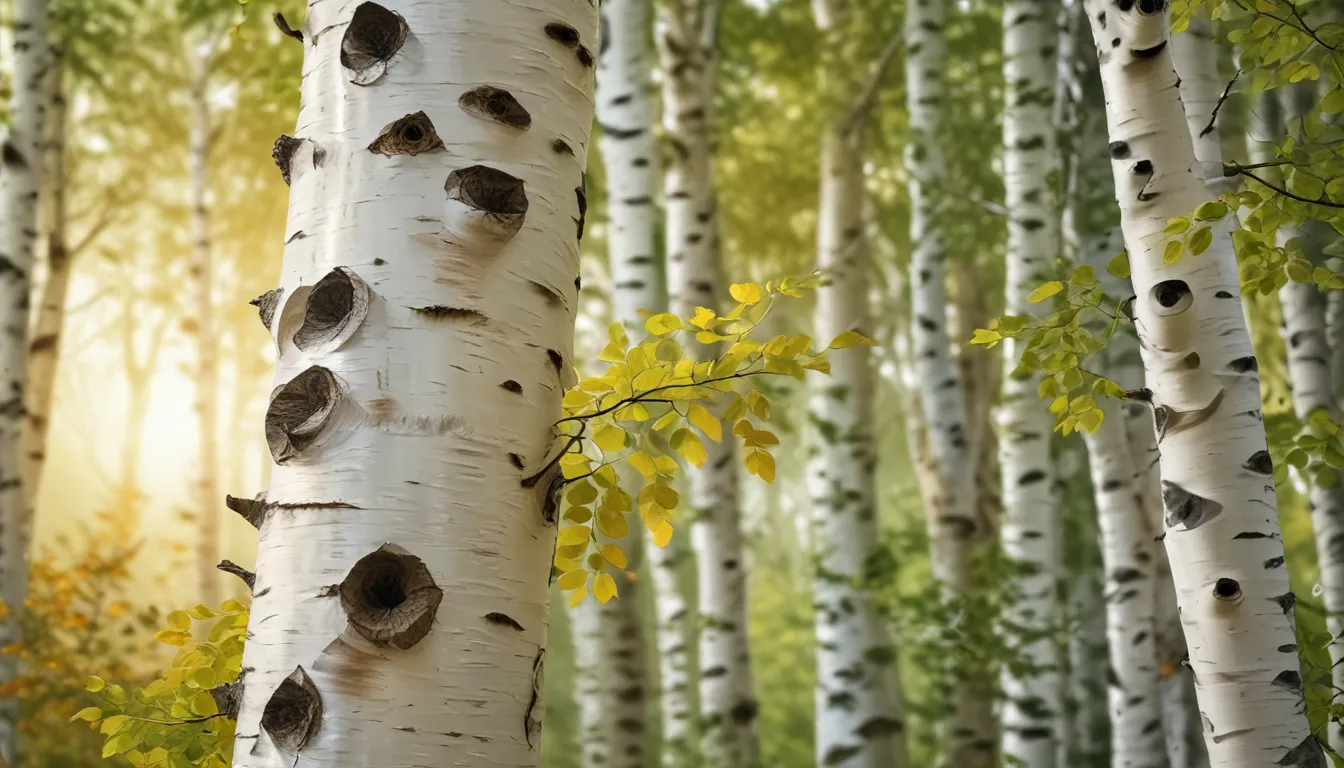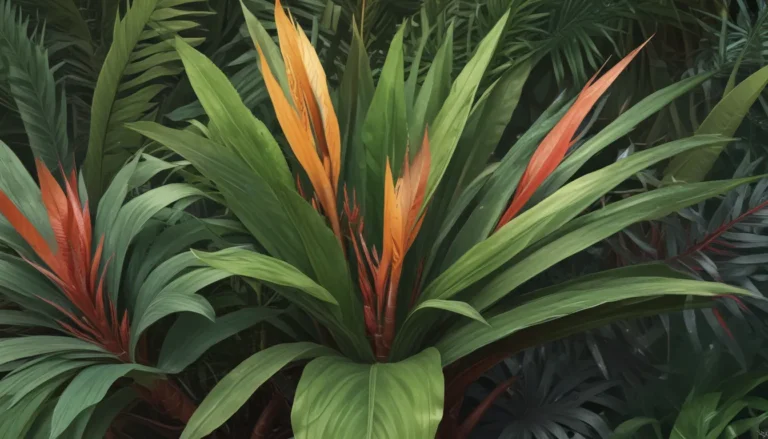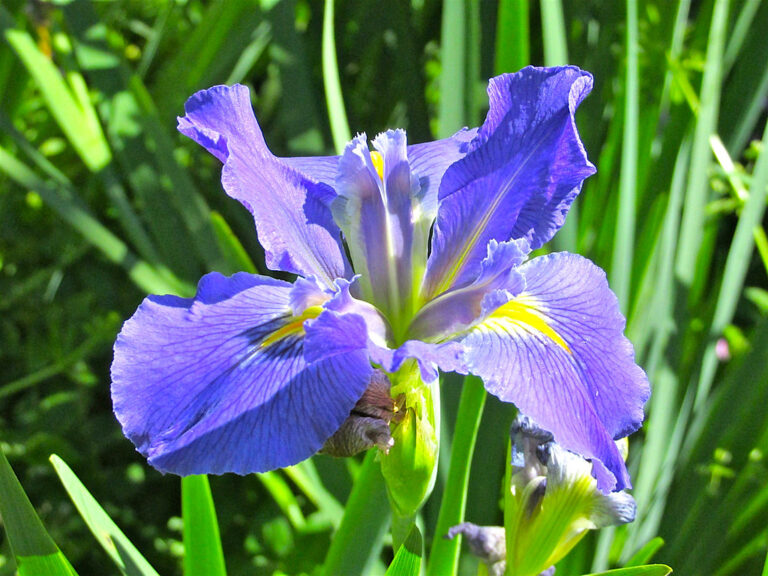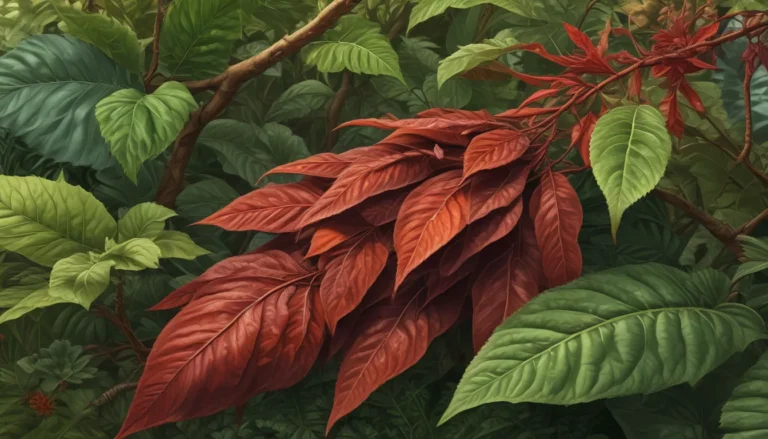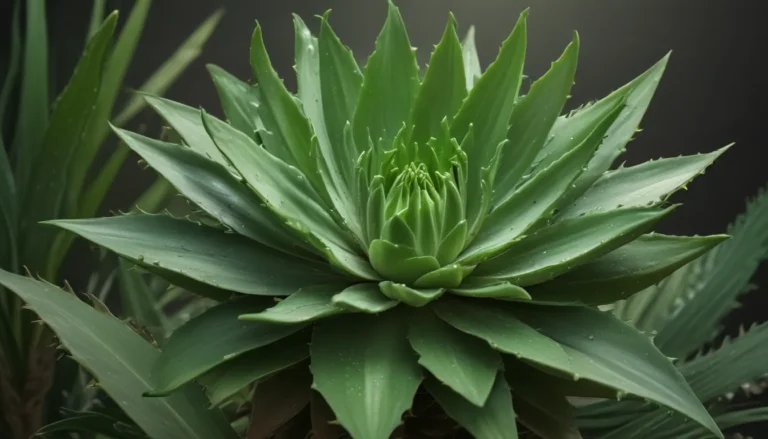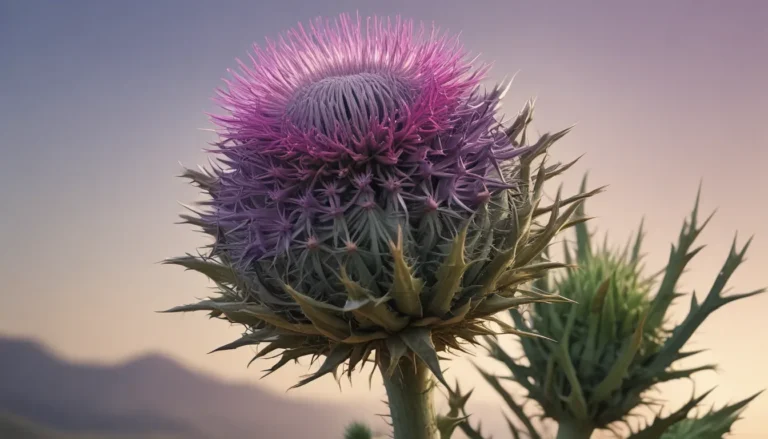The pictures we use in our articles might not show exactly what the words say. We choose these pictures to make you interested in reading more. The pictures work together with the words but don’t take their place. The words still tell you the important facts.
Birch trees stand out in the natural world for their beauty, resilience, and cultural significance. These elegant trees, belonging to the genus Betula, are known for their distinctive white or silver bark that peels in thin, papery layers. Widely distributed across the Northern Hemisphere, birch trees thrive in various climates and soil types, making them a beloved presence in landscapes and gardens. Beyond their aesthetic appeal, birch trees play a vital ecological role, providing habitat for wildlife and contributing to the biodiversity of their ecosystems. To truly appreciate these remarkable plants and the roles they play in our world, let's explore 10 fascinating facts about birch trees that shed light on their significance and allure.
Birch Trees: Nature’s Symphonies of Change
- Deciduous Nature: Birch trees are deciduous, shedding their leaves annually, unlike evergreen trees. This unique characteristic allows them to undergo dramatic transformations with the changing seasons, making them stand out and look different throughout the year.
Embracing the Betulaceae Family
- Botanical Lineage: Birch trees belong to the Betulaceae family, a diverse group that includes various species of deciduous trees and shrubs. This botanical lineage not only encompasses birch trees but also other notable species like alders and hazels, contributing to the rich tapestry of the natural world.
The Enigmatic Bark of Birch Trees
- Distinctive Feature: Birch trees are renowned for their distinctive bark, which comes in striking colors and unique textures. From snowy white to silvery gray, some species even exhibit peeling or curling bark, adding to their allure and making them easily recognizable in diverse landscapes.
The Global Presence of Birch Trees
- Northern Hemisphere Distribution: Birch trees are widely distributed across the northern hemisphere, thriving in various climates and ecosystems. From the woodlands of North America to the landscapes of Europe and Asia, birch trees adorn diverse regions with their elegant presence, showcasing their adaptability and resilience.
A Symbol of Renewal and Purity
- Cultural Significance: Birch trees hold deep symbolic value, often representing concepts of renewal, purity, and new beginnings in various traditions and folklore. Revered for their association with fresh starts and growth, they transcend geographical boundaries, resonating with people across different cultures and generations.
The Graceful Foliage of Birch Trees
- Ethereal Beauty: The foliage of birch trees is characterized by delicate, fluttering leaves with distinctively serrated edges and vibrant green hues, adding a touch of elegance to the natural landscape. During autumn, the foliage transforms into warm, golden hues, painting the surroundings with breathtaking colors.
Medicinal Marvels of Birch Trees
- Therapeutic Potential: Birch trees have been valued for their medicinal properties for centuries, with various parts of the tree, including the bark and sap, used in traditional medicine to address a range of ailments. This underscores their significance beyond their ornamental value, contributing to the health and well-being of communities throughout history.
Nurturing Wildlife Diversity
- Ecological Impact: Birch trees play a vital role in sustaining ecosystems by providing habitat and sustenance for diverse wildlife. They offer nesting sites for birds, foraging opportunities for small mammals, and contribute to the intricate web of life in forests and woodlands, highlighting their importance in maintaining healthy ecosystems.
Cultivating Cultural Connections
- Inspiring Art and Literature: Birch trees have left an indelible mark on art, literature, and cultural traditions worldwide, inspiring artists, poets, and storytellers through the ages. Their timeless beauty and symbolic resonance continue to captivate the human imagination, evoking wonder and reverence.
The Resilience of Birch Trees
- Adaptability in Nature: Birch trees exhibit remarkable resilience and adaptability, thriving in diverse environmental conditions from wetlands to uplands. Their ability to endure and flourish in the face of environmental changes underscores their significance in ecological conservation and their relevance in an ever-changing world.
Birch Trees: Nature’s Champions of Change
Birch trees enchant us with their stunning bark, graceful foliage, and ecological importance. River birch trees with their peeling bark add visual interest to landscapes, while royal frost birches boast beautiful white bark and purple-red leaves for striking accents in gardens. Gray birch trees, native to North America, provide valuable habitat for wildlife and contribute to forest diversity. Explore these remarkable birch tree species to deepen your appreciation for their beauty and significance in our natural world.
Your Journey of Discovery
Our commitment to delivering engaging content rooted in truth and curiosity drives us to bring you fascinating insights and information. Each fact on our site is contributed by real users like you, offering diverse perspectives and knowledge. With our dedicated editors ensuring accuracy and reliability, you can trust in our commitment to quality and authenticity as you explore and learn with us.
Let the captivating world of birch trees inspire and enrich your understanding of nature's wonders!
